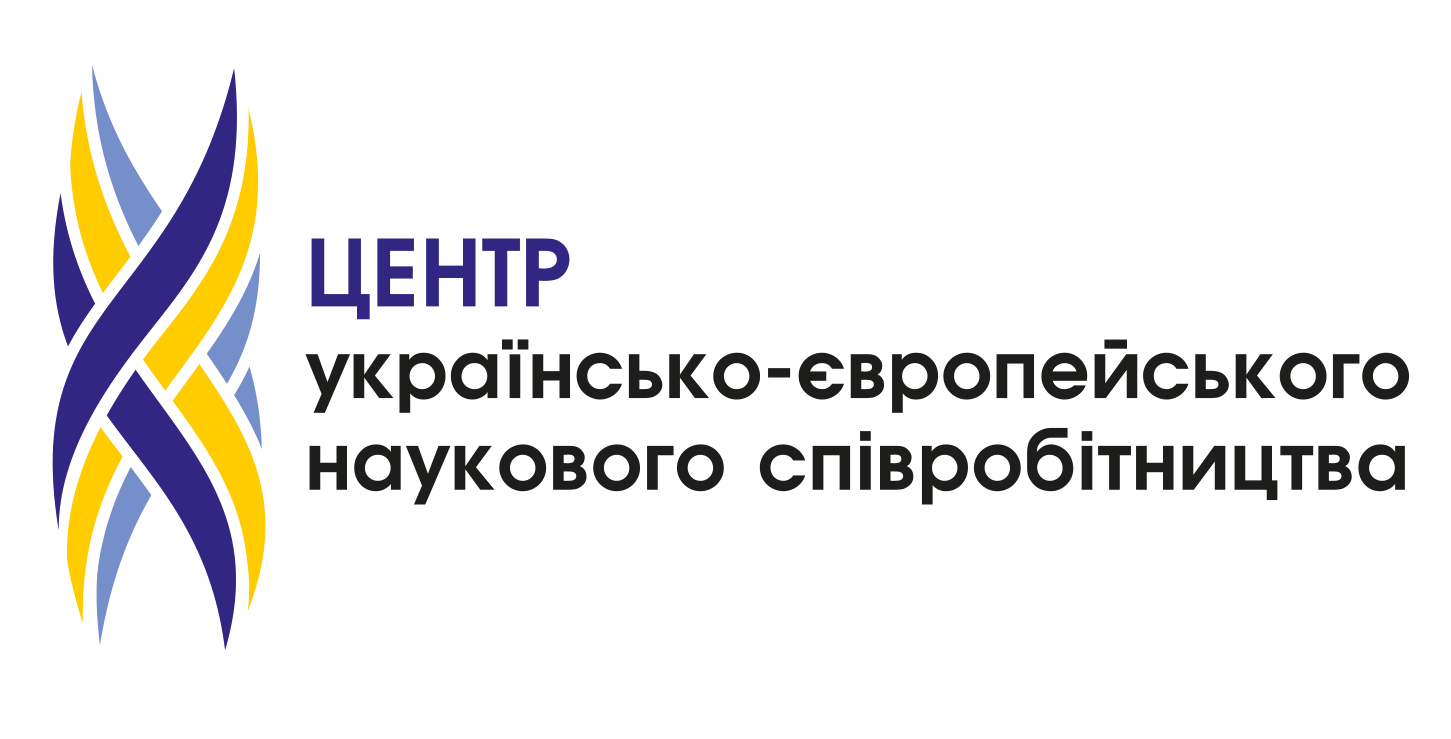 Key features of the Education System
Key features of the Education System
The education system is administered at
- national level by the Ministry of National Education (MEN)
- central level, in cooperation with other ministries (e.g. Ministry of Public Finance for financing schools) and institutional structures subordinated to the Government, and at
- local level by the county school inspectorates, as subordinated local institutions.
Ministry of National Education organizes and leads the national education system, education, scientific research, technological development and innovation in partnership with both subordinate institutions and institutions under the coordination.
The Ministry of National Education ensures the relationship with the Parliament, Economic and Social Council and the representatives of the civil society in matters specific to its field of activity.
The general legal framework for the organization, administration and functioning of the education in Romania is established by:
- the Constitution (ch.2, ch. 32)
- the Law of National Education – organic law
- ordinary laws and Government ordinances.
The specific procedures and regulations are established by Government Decisions and orders of the Ministry of National Education.
The national educational system
- Has an open character, allowing the mobility of pupils, by transfer from a school unit to another school unit, from a class to another class, from a field of study to another field of study and from a pathway to another pathway.
- Has a pluralistic character (public or private schools, in educational alternative system) and it provides schooling methods in the official state language (the Romanian language), in the native languages of the pupils belonging to the national minorities or in languages of international circulation.
In Romania the education represents a national priority.
The national educational system includes authorized or certified public, private and confessional education units. The education institutions are managed by the local authorities.
The state ensures equal rights of access to all levels and forms of pre-university and higher education, as well as to lifelong learning, without any form of discrimination, to Romanian citizens, as well as to the citizens of the other European Union member states, of the states belonging to the European Economic Area and of the Swiss Confederation.
In Romania only the diplomas acknowledged by the Romanian state, according to the legislation in force, are available.
The general mandatory education has 11 grades and includes the primary education, the lower secondary education and the first 2 years of the upper secondary education.
The public school education is free.
The forms of organization of the pre-university education are: frequency education and reduced frequency education. The mandatory education is frequency education.
Stages of the Education System
The national education system includes the following levels:
Early education (0—6 years)
Early education consisting of:
- the before preschool level (0—3 years)
- the preschool education (3—6 years), which includes: the small group, the middle group and the big group. In public institutions it is free.
Early childhood education – before preschool level can take place in nurseries, kindergartens and daycare centers, whether state-owned or private, according to the same educational content and the same national standards.
Preschool education takes place in kindergartens or schools (state or private), which have pre-school groups as a section, following the same curriculum and respecting the same national standards.
Early education is free in public institutions.
Primary education (ISCED 1)
Primary education includes:
- the preparatory grade
- grades 1—4.
Secondary education
Secondary lower education or gymnasium (ISCED 2)
Secondary lower education or gymnasium includes grades 5—8. The access to the higher level is achieved by a national evaluation examination and distribution in upper secondary education units.
The secondary superior education (ISCED 3)
The secondary superior education can be
- high school education, which includes the high school grades 9-12/13, with the following pathways: theoretical, aptitude-based (vocational) and technological
- a minimom 3-year professional education. The graduates of the professional education promoting the certification examination of the professional qualification may attend the high school education courses.
The tertiary non-university education (ISCED 4)
The tertiary non-university education includes the post secondary education.
The professional and technical education
The professional and technical education is composed of:
- professional education
- technical education
- post secondary education.
The higher education (ISCED 5-8)
The higher education is organized in universities, study academies, institutes, higher studies schools, referred to as higher education institutions or universities, temporarily authorized or certified. The high school graduates with high school diploma can enrol in the higher education. The admission conditions are different from one institution to another.
The structure of the higher education reflects the principles of the Bologna process:
- Bachelor studies
- master studies
- PhD studies.
Adult education
Adult education includes training programmes at all qualification levels, organized in the public or private sector.
At public level, the Institute of Education Sciences provides training courses by which it promotes education reforms.
The Teaching-Staff Resource Center offers professional development courses with regard to the system of professional and transversal skills necessary to the teacher and to the national and European policies and strategies in the education field.
Structure of the National Education System
Resource: https://eacea.ec.europa.eu/national-policies/eurydice/content/romania_en









